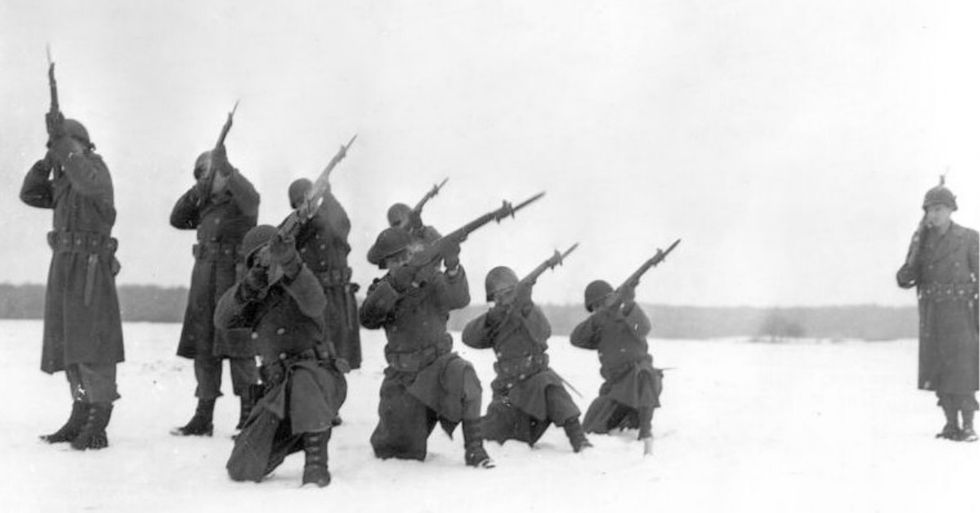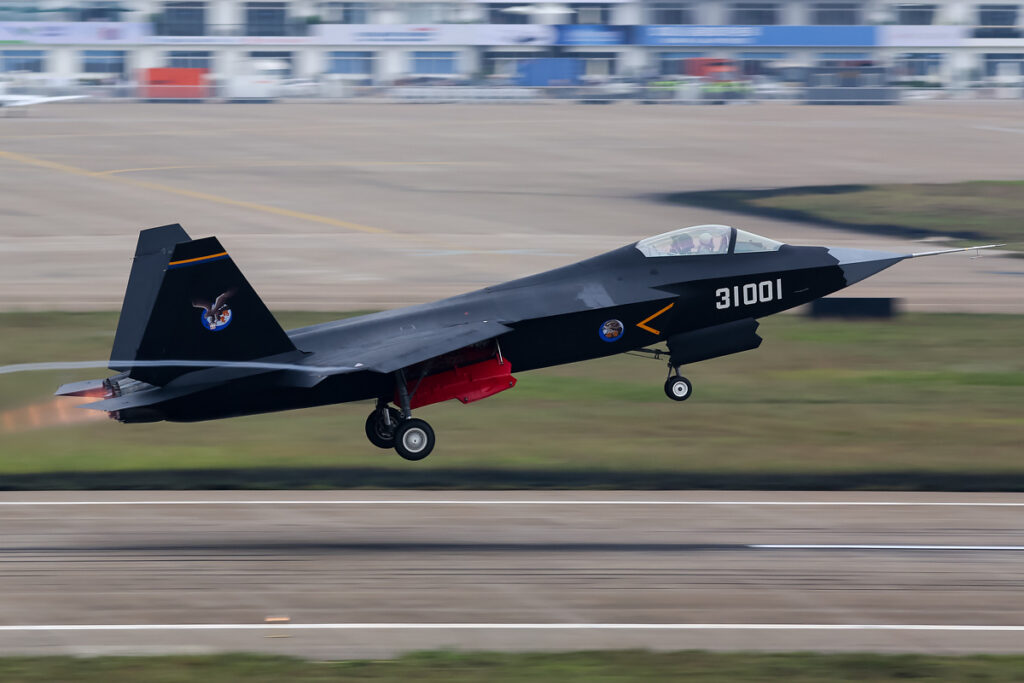Warriors in their own words: Battle of the Bulge
- By We Are the Mighty
Share This Article

This article by Logan Nye originally appeared on We Are the Mighty
The Battle of the Bulge was a Hail Mary pass by a führer who was quickly running out of options. Hitler desperately needed a decisive victory on either his Western or Eastern front. Remembering his series of victories after sneaking through the Ardennes forest in 1940, he went for a repeat in 1944.
On Dec. 16, 200,000 German troops and 1,000 tanks slammed into 80,000 Allied troops. Listen to troops who were there explain what it was like to turn away Hitler’s desperate gambit.
Related: GHOST SHIP IN THE SKY: HOW A WWII SUB-HUNTING BLIMP CREW VANISHED
1. Over 1 million men were involved in the battle.

The fighting started with an assault by 200,000 Germans against 80,000 Allied troops. But, as Patton’s Third Army swung north to hit the German flank and other Allied units rushed to the aid of the defenders, 600,000 Allied soldiers pushed back the German force that grew to 500,000 men.
2. The Allied troops who were attacked were primarily there to rest or train.

The Ardennes was used as a training ground for green units and a recovery area for those coming off the frontline. The Americans in the area were expected to quickly fall or retreat. Hitler’s entire strategy depended on it.
Instead, rookies became veterans overnight and fatigued veterans dug deep to slow the German advance. Anti-tank teams targeted choke points in villages and mountain passes, creating flaming barricades of destroyed German armor that slowed the Blitzkrieg to a crawl.
3. The famous “NUTS!” response to a surrender request was basically bored paratroopers joking around.

One of the most famous responses in history to a surrender request took place during the battle. Brig. Gen. Anthony C. McAuliffe responded with “N U T S” centered on a typewritten piece of paper.
McAuliffe had twice said, “Nuts,” when briefed on the surrender request, first to his acting chief of staff that woke him and then to his headquarter staff. When it came time to draft the formal response, McAuliffe couldn’t think of what to write. His men, who had found the “nuts” comments funny, urged him to just respond with those four letters.
Related: ‘I SURVIVED GUAM, I CAN GET THROUGH THIS BULLS–T’ — WWII VET, 95, MAKES FULL RECOVERY FROM COVID-19
4. German soldiers illegally wore American uniforms to sneak behind enemy lines.

A major part of Hitler’s gamble was the belief that he could sow disorder in the American lines by sneaking English-speaking Germans in and having them sabotage equipment.
Instead, American G.I.s quickly discovered some of the imposters and began asking everyone trivia questions about American life to suss out the rest.
5. One of the worst war crimes committed against Allied troops in World War II took place during the battle.
The Malmédy Massacre occurred Dec. 17, 1944, when a group of over 100 Americans, mostly artillerymen with the 285th Field Artillery Observation Battalion, were captured by German SS troops taking part in the German attack.
While the exact details are still argued by historians, approximately 84 American soldiers being held as prisoners of war were killed when German machine gunners opened fire on them. At least 21 other prisoners escaped and reported the murders, but the ongoing battle made a proper investigation impossible.
6. Hitler’s generals cautioned strongly against the entire operation.

Hitler began amassing the troops needed for the offensive as far back as Aug. 1944, even though his generals thought the troops could be better used in the fight against Russia. Hitler refused to listen and stayed the course.
Ultimately, the Battle of the Bulge failed and the Americans continued their advance. With the large losses of both men and material Germany suffered in the Battle of the Bulge, the Third Reich was doomed. Hitler would go on to kill himself Apr. 30, 1945 (or, maybe not) and Germany surrendered May 8.
Related Posts
Sandboxx News Merch
-

‘Kinetic Diplomacy’ Bumper Sticker (Black)
$8.00 Add to cart -

A-10 ‘Warthog’ Poster
$22.00 – $28.00 Select options This product has multiple variants. The options may be chosen on the product page -

F-35 ‘Evolution’ Framed Poster
$45.00 – $111.00 Select options This product has multiple variants. The options may be chosen on the product page
We Are the Mighty
Related to: Military History

The CIA used miniature models to meticulously plan high-stakes operations

Video: How good is China’s new stealth fighter?

Who dares wins: The importance of defeat in being successful

Marines deploy new system to take out ships in the Pacific
Sandboxx News
-

‘Sandboxx News’ Trucker Cap
$27.00 Select options This product has multiple variants. The options may be chosen on the product page -

‘AirPower’ Classic Hoodie
$46.00 – $48.00 Select options This product has multiple variants. The options may be chosen on the product page -

‘AirPower’ Golf Rope Hat
$31.00 Select options This product has multiple variants. The options may be chosen on the product page -

‘Sandboxx News’ Dad Hat
$27.00 Select options This product has multiple variants. The options may be chosen on the product page
